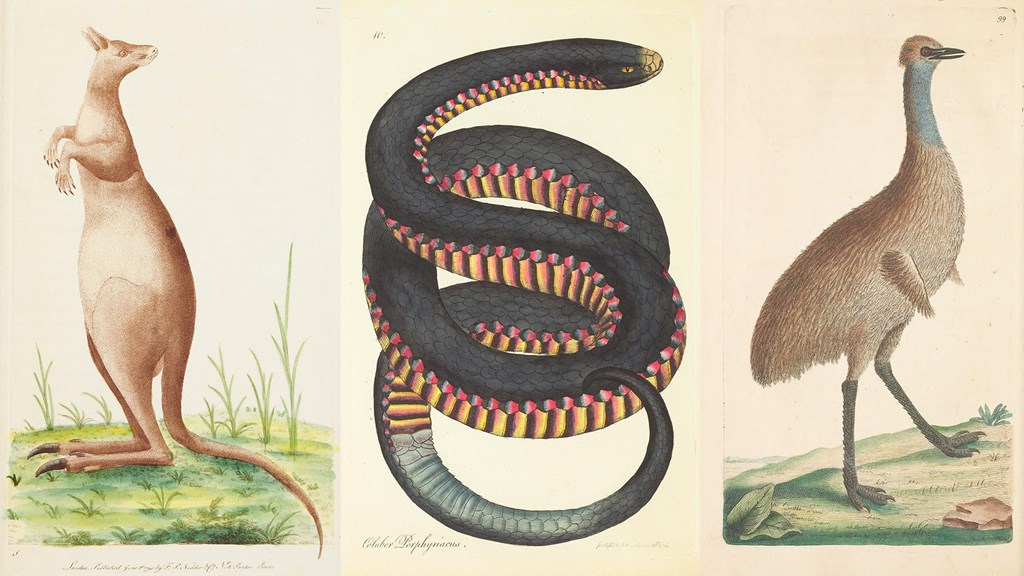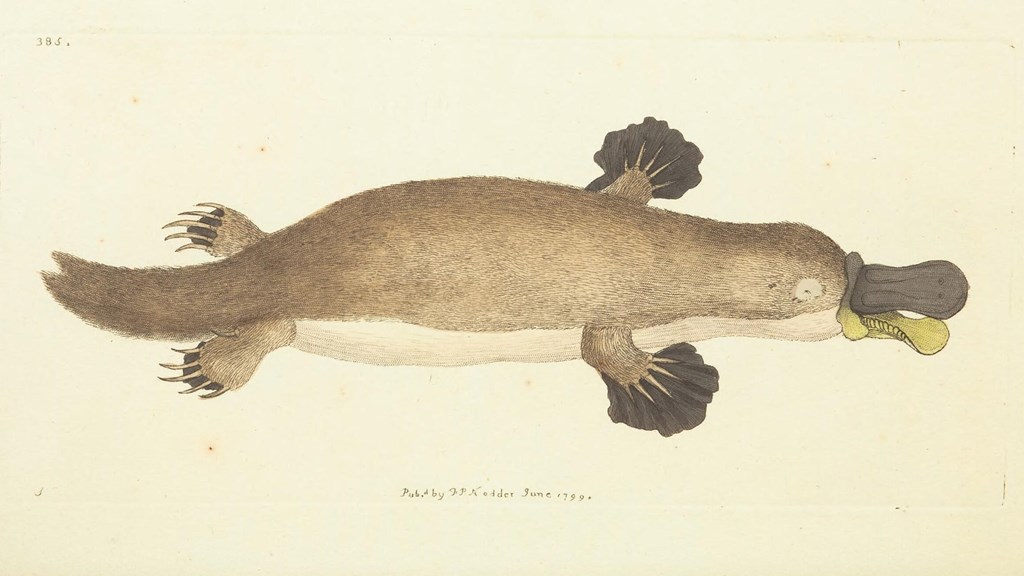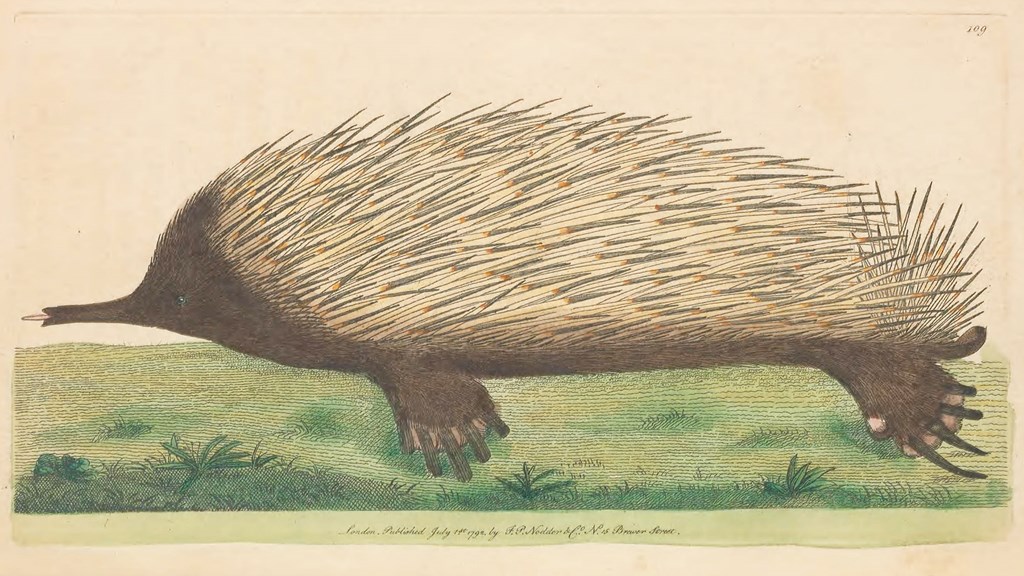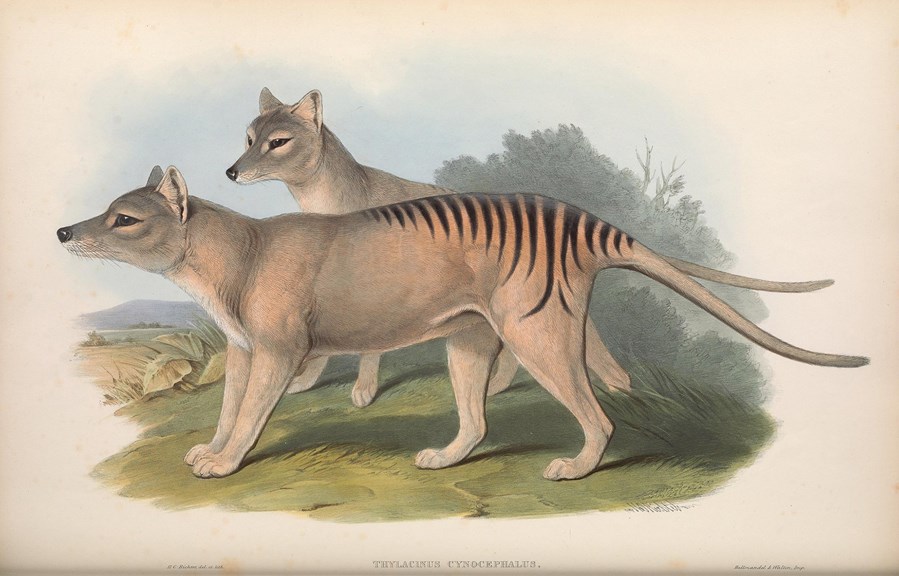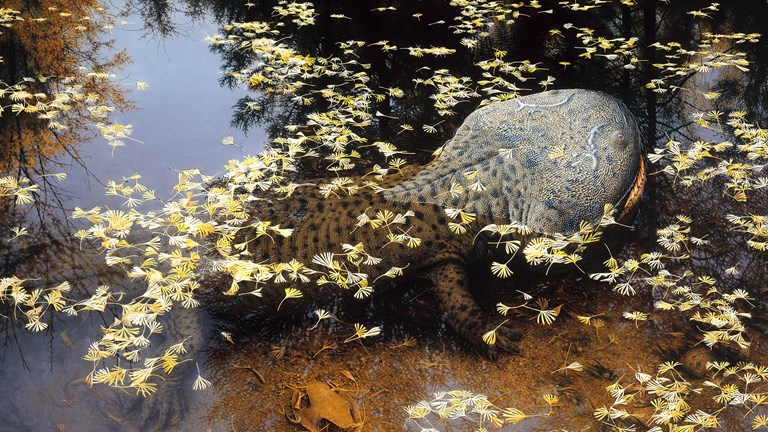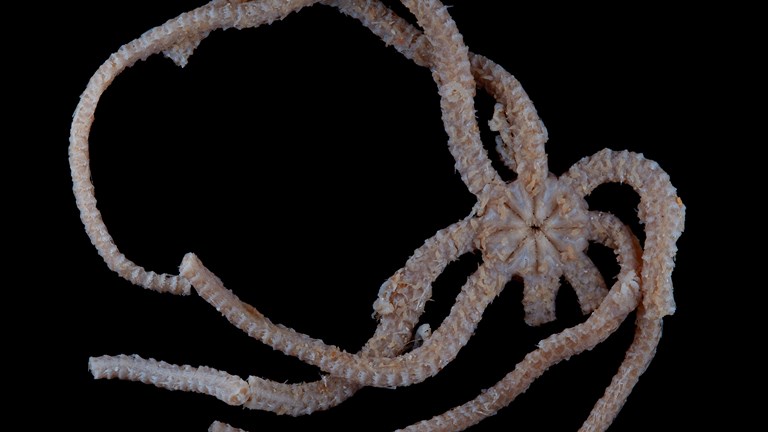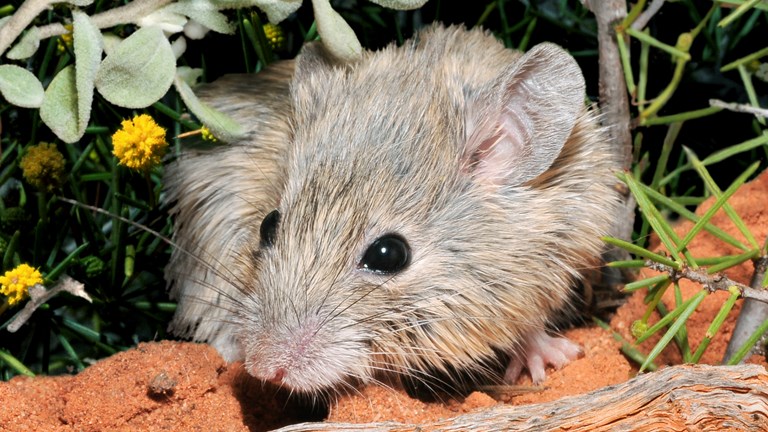A glimpse into the past, to enlighten the future of biodiversity on Earth
What can we learn from the first scientific descriptions of animals and the Earth’s biodiversity, written hundreds of years ago? More than you might think, especially with open access to a vast online resource.
Early scientific descriptions of plants and animals give us glimpses at the origins of how we now relate to the natural world.
Everything from where our names for them came from, to the wider world’s reaction to seeing these descriptions and images for the first time.
But if you were looking to delve into these historic pages, where would you go?
The original volumes that catalogue this information are rare, irreplaceable, and often housed in secure locations that are not freely accessible.
Which is where the Biodiversity Heritage Library (BHL) comes in—the world’s largest online library of biodiversity heritage literature and archival materials.
And in Australia the team is based at Melbourne Museum.
‘The Biodiversity Heritage Library represents the foundation of our understanding of biodiversity,’ says Nicole Kearney, BHL’s manager in Australia.
‘I’m really interested in telling the stories about how people over time have discovered new species, new environments, how they have shared that information with others.
‘The earliest books we have on BHL are from the 1400s.
‘It’s fascinating reading about what our understanding was of the natural world then and how it has changed.’
And one of Nicole’s favourites is a textbook example of how much change has occurred over the centuries.
The test of time
‘The Naturalist’s Miscellany is a publication by George Shaw, who was a zoologist in England at the time,’ she says.
‘It was published across 24 volumes at the end of the 1700s and the early 1800s.
‘And because of the timing of this publication, it contains so many of the first published scientific descriptions of Australia’s unique, iconic species, including the platypus’s international debut.’
And what an introduction it was.
‘Of all the Mammalia yet known it seems the most extraordinary… the perfect resemblance of the beak of a duck engrafted onto the head of a quadruped…it naturally excites the idea of some deceptive preparation by artificial means,’ wrote a perplexed Shaw.
So bizarre was this creature that Shaw questions whether it is indeed a real animal.
The specimen Shaw’s description is based on is in Natural History Museum in London.
If you were to examine this specimen today, you would see the cuts he made around the bill in his efforts to find stitches.
Shaw was convinced the specimen was a hoax—that the bill of a duck had been sewn onto the body of something like a water rat.
‘I just find it fascinating reading those descriptions because everything in Australia was so different from what Europeans had seen before’ says Nicole.
‘Australia’s animals really didn’t fit into the contemporary knowledge of Europeans, and you can read Shaw’s wonder and the awe in his writing.
One of Shaw’s greatest limitations was that he never saw living examples of these animals in person.
Instead, he would purchase specimens from the lucrative international trade in animal specimens.
‘I imagine George Shaw receiving these specimens off boats from the far corners of the globe and then attempting to describe them in his loungeroom in London,’ says Nicole.
Which explains some of the inaccuracies of the descriptions and images.
‘The people who were describing these species were describing them from specimens that had been sent across the world on a ship.
‘They didn’t know how they stood, how they looked, how they held themselves.
‘We have pictures of snakes in the books that are described in England but they’re curly, like a spiral or spring, because they’ve been stored for so long in a jar.’
In hindsight, there are also some obvious gaps in the knowledge that could have been filled in by Australia’s First Peoples.
‘Very few of these historic publications contain any acknowledgement that there were already a people on this land,’ Nicole says.
But for all its limitations, The Naturalist's Miscellany left an indelible legacy on the field of natural history.
It played a vital role in the development of zoology as a discipline, providing an extensive compilation of species, many of which had not been previously documented.
Shaw's meticulous observations, combined with the detailed illustrations, enabled future naturalists and scientists to study and identify species with greater precision.
Informing the present
More than historical curios, the historic texts catalogued on BHL are also helping to inform current science.
‘We get requests from researchers all around the world asking for content they can’t access.
‘We were contacted by orchid researchers just after the 2020 bushfires,’ recalls Nicole.
‘They were interested in trying to track the changes in distribution and abundance of orchids over time, particularly native Australian endangered orchids that had been very badly impacted by the fires.
‘BHL is an invaluable resource for scientists and researchers all over the world.
‘We’re providing a massive library for researchers to be able to build on our understanding and knowledge of biodiversity today.’
More than details of how distribution and abundance of species has changed over time it is also a critical record of things that are no longer with us at all.
‘The thylacine is one of the species that has always amazed me and made my imagination run wild,’ says Nicole.
‘John Gould describes the thylacine in his Mammals of Australia.
‘He writes about how it inhabits Tasmania’s incredibly deep dark impenetrable forests.
‘But he gives us a warning in that book, he says we are hunting it at a rate that will lead to its demise and he expresses sadness in the first paragraph of his description that this species may be one that we lose.’
‘When the comparatively small island of Tasmania becomes more densely populated…the numbers of this singular animal will speedily diminish, extermination will have its full sway, and it will then, like the Wolf in England and Scotland, be recorded as an animal of the past,’ wrote Gould.
‘It’s almost like you want to go back in time and wave that in front of the people making these decisions, putting the bounty on the head of the thylacine and say this is a species that we are going to regret forever that we pushed to extinction,’ says Nicole.
‘These books give a snapshot back into these times in history when Europeans were first coming to this incredible land.
‘I’m descended from convicts, nine generations back, and I feel a very strong connection to Australia and its animals and plants.
‘It’s devastating to read those descriptions from Europeans, like my ancestors, who came here and contributed to the decline of all these creatures.’
And at a time when the world is facing increasing threats to biodiversity, these records become even more valuable.
‘I think there’s a great deal to be learned from the historical record that we have made available online,’ says Nicole.
‘The BHL is also an important record of the histories of the people and their views about the world.
‘One of the most useful things about BHL is it has full text search, so you can search the 60 million pages on BHL for words and phrases and filter the results by author and date.
Which can lead down some strange avenues.
‘You can search for when Charles Darwin used the word “favourite”, or when Alfred Russell Wallace used the word “delicious”.
Of the bilby, John Gould reported in 1863 that ‘its flesh is sweet and delicate’.
Not that we encourage that sort of thing, but it is one of the curious finds in a library as rich and diverse as BHL.
‘The stories of the people in the histories of our collections are really interesting,’ says Nicole.
And with more than 180,000 titles to explore from across Australia and the world on BHL, who knows what you might find?
Keen to explore more of the history of biodiversity, including rare books from the museum’s collection? Head over to BHL.

